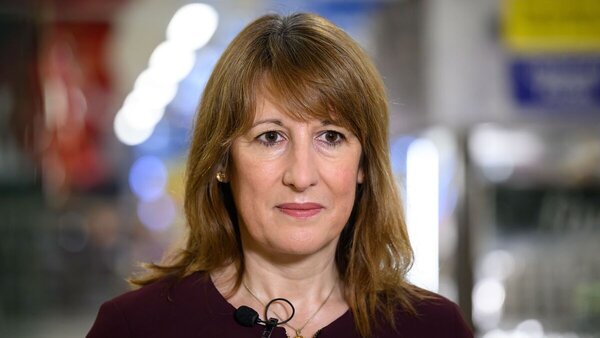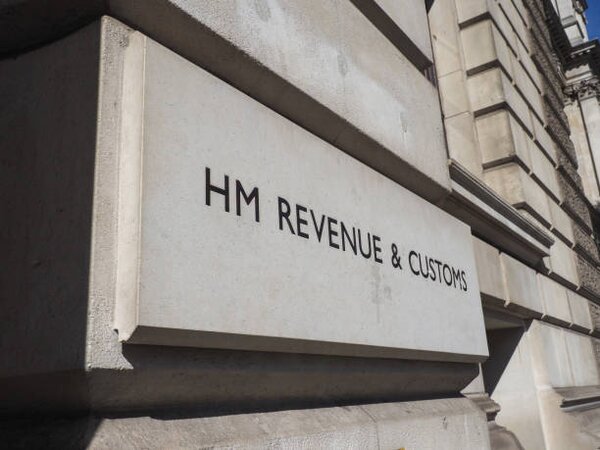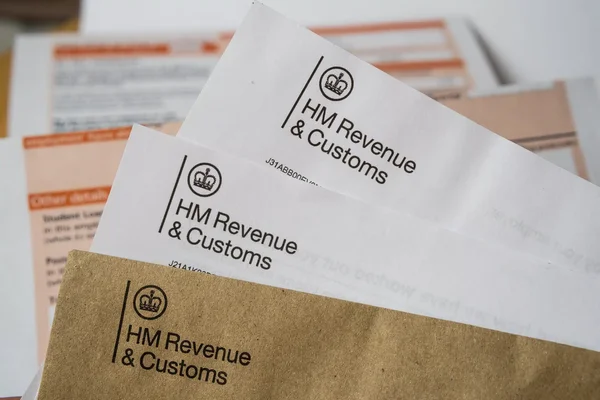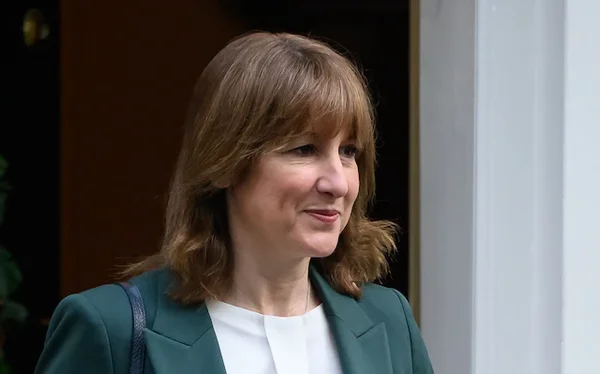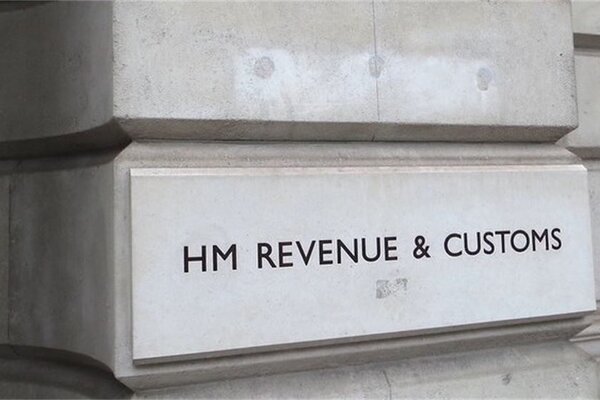What Exactly Is Foreign Tax Credit and How Does It Prevent Double Taxation?
Foreign tax credit is a mechanism that reduces your UK tax bill by the amount of tax you’ve already paid in another country on the same income. The foreign tax credit applies to taxes paid to a foreign country or foreign government on income that is also taxed in the UK. It prevents double taxation when you earn income that’s taxable both abroad and in the UK.
HMRC allows you to claim credit for foreign taxes paid, either directly or through relief treaties. Both UK residents and, in some cases, resident aliens and nonresident aliens may be eligible to claim the foreign tax credit, depending on their tax status and the nature of the paid foreign income tax. The credit is limited to the lower of the foreign tax paid or the UK tax due on that income.
Only certain taxes imposed by a foreign government, such as income taxes paid, qualify for the credit.
You’ll typically claim it via Self Assessment, declaring both your foreign income and the tax already paid. The process involves reporting foreign income taxes paid on your tax returns, and you should review any relevant tax treaty provisions. Different rules apply depending on whether the UK has a double taxation agreement with the country in question.
Keep all foreign tax certificates and payment records—HMRC may ask for proof when you submit your return.
How Does It Actually Work in Practice?
You declare your worldwide income on your UK tax return, including anything earned or received overseas. HMRC calculates the UK tax due on that foreign income using standard rates. The calculation of the foreign tax credit may involve determining your gross income and total income, and any tax deducted by a foreign country is credited against your UK tax owed or UK tax payable.
You then subtract the foreign tax you’ve already paid, up to the UK tax liability on that income. If the foreign tax rate is higher than the UK rate, you won’t get a refund but you won’t owe more UK tax either.
If it’s lower, you pay the difference to HMRC to bring it up to UK levels. Double taxation agreements can streamline this process and sometimes offer more generous relief. Tax credit relief may be available for employment income, passive income, or such income, and special rules may apply depending on the type of income and the relevant tax treaty.
If you have unused foreign tax credits, they may be carried forward to future years, and keeping track of paid taxes is important for maximizing relief.

Who Should Be Thinking About This?
Anyone who’s a UK tax resident and earns income abroad may need to consider foreign tax credit. This includes freelancers working with overseas clients, remote employees of foreign companies, or investors receiving dividends from non-UK stocks.
If you’ve paid withholding tax or foreign income tax on foreign dividends, rental income, or royalties, you’re likely eligible. If you have paid foreign income tax, you may be able to claim a credit or deduct foreign taxes on your income tax return. In some cases, you can choose between claiming a credit or taking an itemized deduction, so it’s important to compare both options to maximize your tax savings.
Expats returning to the UK partway through a tax year often have foreign income to declare.
I once worked with a client who’d been receiving rental income from a property in Spain for three years without claiming any relief. Once we sorted the foreign tax credit, she recovered over £2,000 in overpaid tax. Claiming the foreign tax credit can interact with your personal allowance and may affect the amount of relief you receive.
Even pension income from abroad can qualify if tax has been deducted at source. Non-doms using the remittance basis generally can’t claim foreign tax credit on unremitted income.
How Do You Actually Claim It?
You claim foreign tax credit through your Self Assessment tax return, specifically on the foreign pages. You’ll need to convert foreign income and tax paid into pounds sterling using HMRC’s published exchange rates. When dealing with foreign currency, it is important to use the correct exchange rate for your income tax return to ensure accurate reporting and maximize your tax benefits.
Include details of the country, type of income, amount earned, and tax paid. Attach any foreign tax certificates or official documentation if you’re filing by post, or keep them ready if filing online.
HMRC will calculate the relief automatically once you’ve entered the figures correctly. If you’re employed and your employer operates PAYE, you may still need to file Self Assessment to claim the credit.

Watch Out for These Common Mistakes
One of the biggest slip-ups is forgetting to declare foreign income at all, which can lead to penalties. Claiming more credit than the UK tax due on that income is another common errorHMRC will reject the excess.
Using the wrong exchange rate or failing to convert currency properly can throw off your entire return. Not keeping proper records of foreign tax paid makes it nearly impossible to prove your claim.
Mixing up double taxation relief with foreign tax credit can cause confusion they’re related but not identical. Special rules may apply in certain situations, such as taxed interest or dividends received as part of a trade, so it's important to check the guidance or seek professional advice if you are unsure. If you’re unsure, get advice early rather than guessing and amending later.
Final Thoughts
Foreign tax credit is a valuable tool that ensures you're not taxed unfairly on income you've earned overseas. It requires a bit of admin declaring foreign income, converting currencies, and keeping good records but the savings are well worth the effort.
If you're regularly earning abroad, it's worth familiarising yourself with the rules or using software that handles the calculations for you. Getting it right means you only pay the tax you actually owe, and nothing more.

Pie tax: Simplifying Foreign Tax Credit Tax
Managing foreign income doesn't have to be a headache, especially with the UK's first personal tax app. Pie tax offers real-time tax calculations that factor in your overseas earnings and foreign tax paid, so you always know where you stand.
The platform includes sector-specific assistants and a multiple-income dashboard that handles UK and foreign sources in one place. Automated bookkeeping keeps your records organised, while direct HMRC filing means your Self Assessment is submitted correctly and on time.
Whether you're a freelancer with international clients or an investor with overseas dividends, Pie tax simplifies the entire process. Explore the Pie tax app if you'd like to see how it works.




